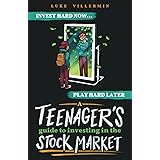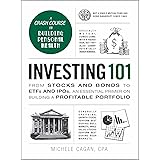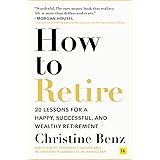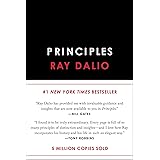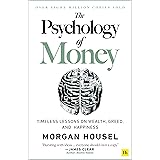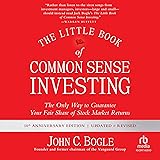An investing newsletter is a curated collection of market insights that can help investors stay up to date on the latest trends. These emails can offer insight on stocks and investment strategies as well as provide advice from financial experts. They can also help investors save time by providing them with a centralized resource for market insights that they can subscribe to and keep track of.
There are a number of different types of investing newsletters, and each one offers something unique to its subscribers. Some are free to subscribe to while others require a monthly or yearly fee. Some investing newsletters focus on a particular type of stock, while others cover more general securities topics and analysis. Some are even geared towards a specific type of investor, like small cap or high-growth companies.
Creating a great investing newsletter can be difficult, but there are a few best practices that can help you create an engaging and informative email. One of the most important things to remember is to be transparent with your readers. This means ensuring that you disclose any conflicts of interest and making sure that all of your information is accurate. It also means being willing to admit when you’ve made a mistake and correct it as soon as possible.
Another key aspect of a great investment newsletter is to include graphs and charts that make complex financial information more digestible for your readers. This can help them understand and analyze the data, which will in turn help them make better informed investment decisions. For example, if you’re tracking the performance of a portfolio, it can be helpful to display that data in a chart compared against a standard benchmark, such as a popular market index. This can help investors gauge their performance in relation to other similar investments and identify areas where they may need to adjust their strategy.
Finally, it’s important to incorporate a short section at the end of your investment newsletter that highlights some of the most important metrics from your report. This can include things like total returns, a percentage change in net worth, and other key performance indicators. This can help your readers quickly identify the most important numbers in your report and can be a great way to close out your newsletter with a strong performance update.
As a business owner, creating an investing newsletter can be a great way to connect with potential clients and build trust in your brand. By following the tips and best practices outlined in this article, you can create an effective newsletter that will help your business grow and thrive.
